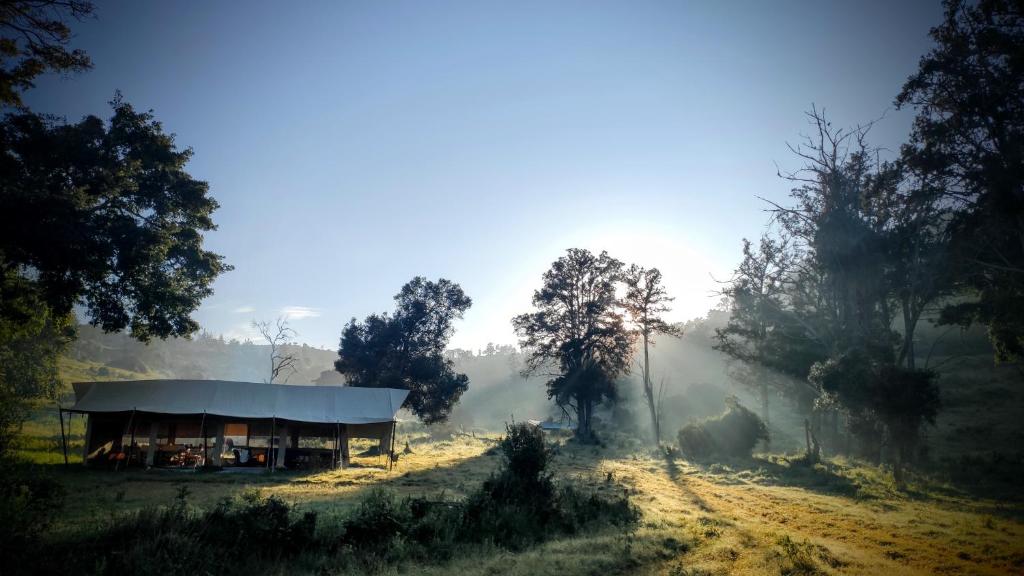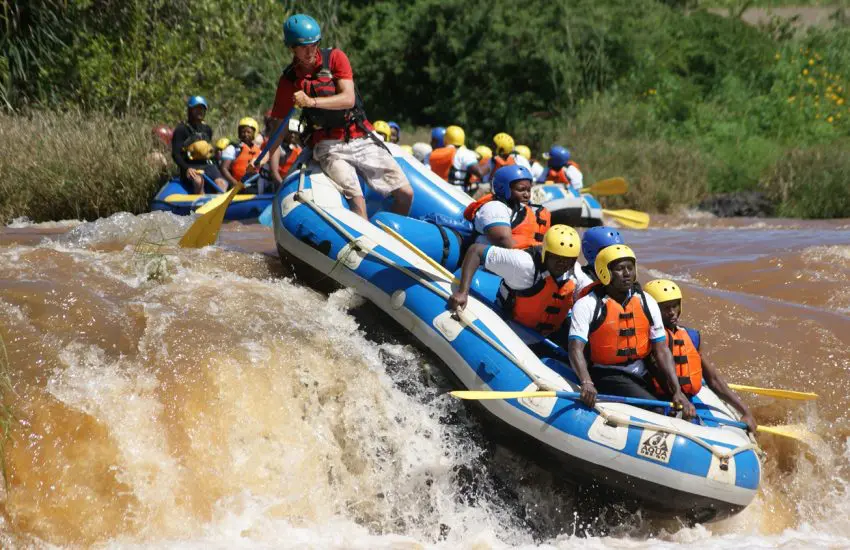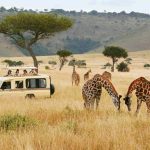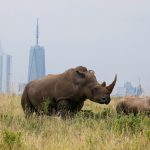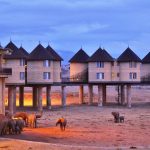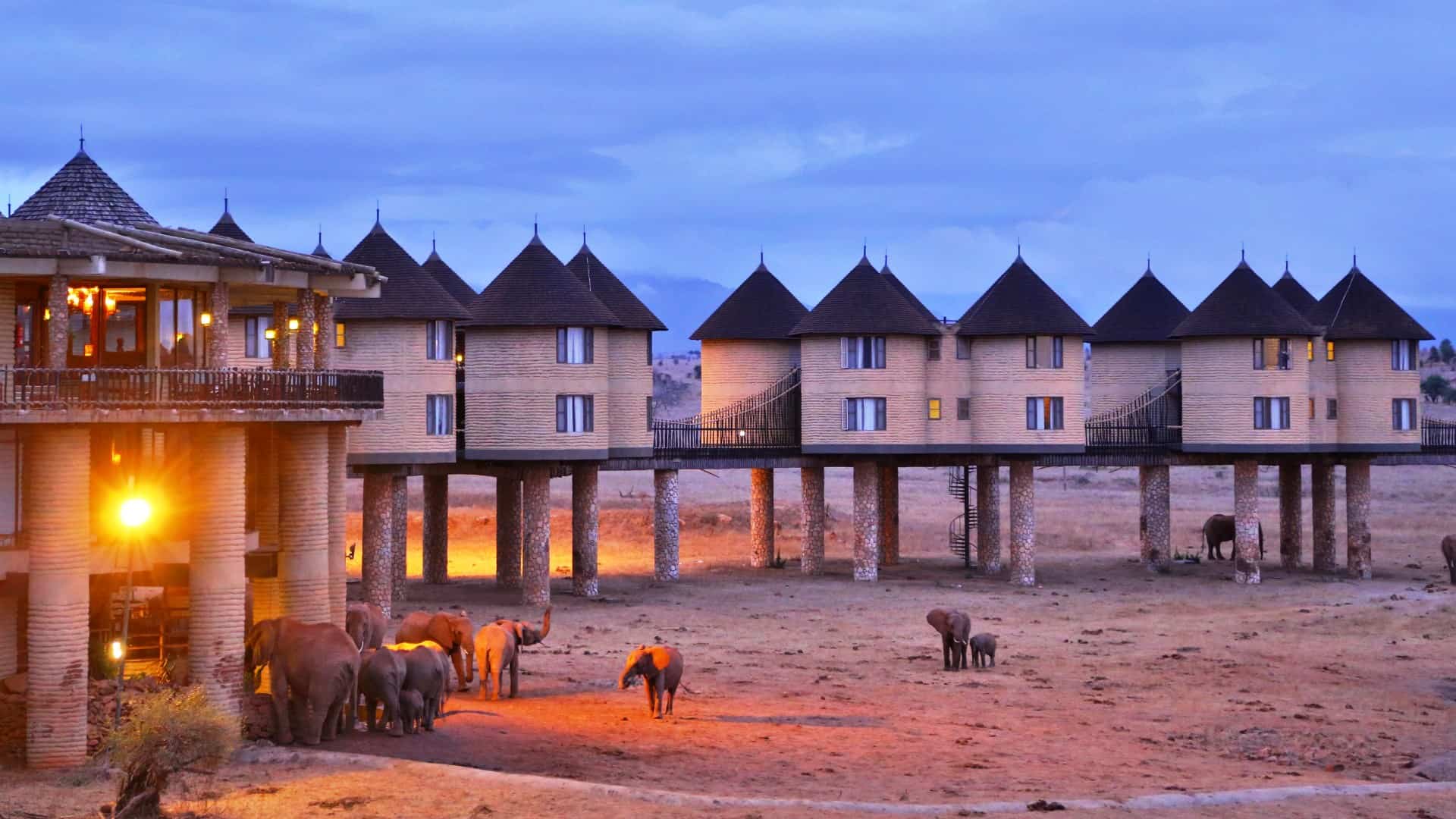
Kenya, a vibrant tapestry of diverse landscapes and teeming wildlife, offers unforgettable safari experiences. From the iconic Maasai Mara to the dramatic landscapes of Amboseli, these five destinations are a must-visit for any wildlife enthusiast.
1. Maasai Mara National Reserve:
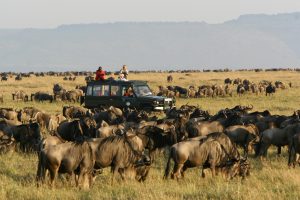
Imagine a vast canvas painted with a kaleidoscope of colors: emerald green grasslands swaying in the wind, herds of wildebeest swirling like a mesmerizing river, and the golden glow of the African sun casting long shadows. This is the Maasai Mara.
The Mara is synonymous with the Great Migration, an awe-inspiring spectacle where millions of wildebeest, zebras, and gazelles embark on an annual journey in search of greener pastures. Witnessing this breathtaking phenomenon is a bucket-list experience for many. But the Mara offers more than just the Migration. Lions stalk their prey in the tall grasses, leopards remain elusive yet captivating, and elephants meander through the acacia woodlands.
What to expect on this safari:
- The Great Migration: Witness the awe-inspiring spectacle of the Great Migration, where millions of wildebeest, zebras, and gazelles traverse the plains in search of fresh grazing lands.
- Wildlife Encounters: Encounter the “Big Five” – lions, leopards, elephants, rhinoceroses, and buffaloes – alongside a diverse array of other wildlife.
- Unique Features: Experience the vibrant culture of the Maasai people with village visits and learn about their traditional lifestyle.
2. Amboseli National Park:
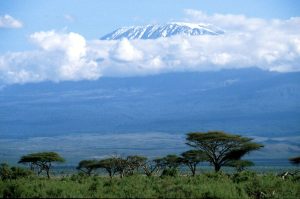
Picture this: a majestic backdrop of snow-capped Mount Kilimanjaro, towering over a landscape teeming with wildlife. This is Amboseli National Park.
Known as “the land of giants,” Amboseli is renowned for its large herds of elephants, often seen against the dramatic backdrop of Africa’s highest peak. Witnessing these gentle giants against such a breathtaking backdrop is truly unforgettable. Cheetahs gracefully chase their prey across the open plains, while a diverse array of birdlife fills the air with a symphony of sounds.
What to expect on this safari:
- Elephant Paradise: Known for its large herds of elephants against the stunning backdrop of Mount Kilimanjaro.
- Diverse Wildlife: Observe a variety of wildlife, including lions, cheetahs, giraffes, and a diverse birdlife.
- Unique Landscapes: Explore the arid and semi-arid landscapes, including open plains, swamps, and rocky outcrops.
3. Tsavo National Park:
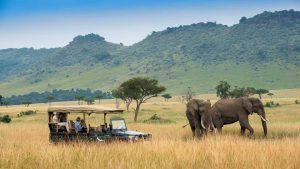
Tsavo, divided into East and West, is a vast wilderness area offering a unique safari experience. Tsavo East, with its red soils and baobab trees, feels like a different planet. Here, you might encounter the unique “red elephants” – their skin tinged red by the iron-rich dust.
Tsavo West boasts dramatic landscapes, including rocky outcrops and lush riverine forests. Encounter lions, leopards, elephants, and a diverse array of antelope species as you explore this vast and awe-inspiring wilderness.
What to expect on this safari:
- Vastness: One of the largest game reserves in Africa, offering vast open plains, rocky outcrops, and lush riverine forests.
- Unique Wildlife: Encounter elephants, lions, leopards, cheetahs, and a diverse array of antelope species.
- Red Elephants: Observe the unique red-colored elephants that are characteristic of Tsavo East.
4. Lake Nakuru National Park:
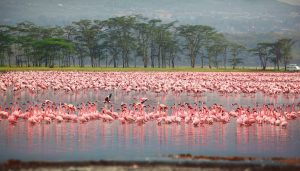
Imagine a lake shimmering with a blanket of pink. This is Lake Nakuru, renowned for its millions of flamingos that flock to its shores.
This vibrant spectacle is a sight to behold, creating a mesmerizing tapestry of color against the backdrop of the surrounding hills. Beyond the flamingos, Lake Nakuru is also home to a significant black rhino population, making it a crucial conservation area.
What to expect on this safari:
- A Flamingo Spectacle: Witness the breathtaking sight of millions of flamingos congregating on the shores of the lake, creating a vibrant pink spectacle.
- Rhino Sanctuary: Home to a significant black rhino population, making it a crucial conservation area.
- Diverse Birdlife: Observe a wide variety of bird species, including pelicans, cormorants, and many more.
5. Samburu National Reserve:
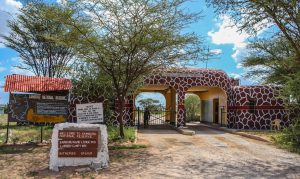
Venture off the beaten path and explore the Samburu National Reserve, a haven for unique wildlife. Here, you might encounter the “Samburu Special Five” – Grevy’s zebra, reticulated giraffe, Somali ostrich, gerenuk, and the beisa oryx – species that are rarely seen elsewhere.
The arid landscape of Samburu offers a stark contrast to the lusher grasslands of the Mara. Experience the unique culture of the Samburu people, a close relative of the Maasai, and gain a deeper understanding of this fascinating region.
What to expect on this safari:
- Unique Wildlife: Home to the “Samburu Special Five” – Grevy’s zebra, reticulated giraffe, Somali ostrich, gerenuk, and the beisa oryx – which are not found in many other Kenyan parks.
- Scenic Landscapes: Explore the arid and semi-arid landscapes, including rocky outcrops, riverbeds, and acacia woodlands.
- Cultural Experiences: Immerse yourself in the unique culture of the Samburu people, a close relative of the Maasai.
Planning Your Kenyan Safari:
- Best Time to Visit: The dry season (July to October) is generally considered the best time for wildlife viewing, with clear skies and easier game spotting.
- Accommodation: Choose from a wide range of accommodation options, from luxury tented camps and lodges to budget-friendly options.
- Travel Style: Tailor your safari to your interests and budget, whether you prefer a self-drive adventure, a guided group tour, or a luxurious private safari.
Remember:
- Respect Wildlife: Always maintain a safe distance from animals and follow the guidance of your experienced safari guide.
- Support Conservation: Choose responsible tour operators who prioritize sustainable tourism practices and support local communities.
- Pack Accordingly: Pack light, comfortable clothing, sunscreen, a hat, and insect repellent.
By carefully planning your itinerary and choosing the destinations that best suit your interests, you can embark on an unforgettable Kenyan safari adventure.
Disclaimer: This information is for general guidance only. It’s recommended to research further and consult with travel professionals for the most up-to-date information and personalized travel planning.

